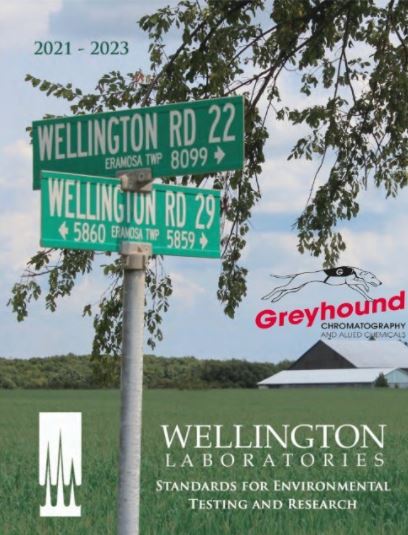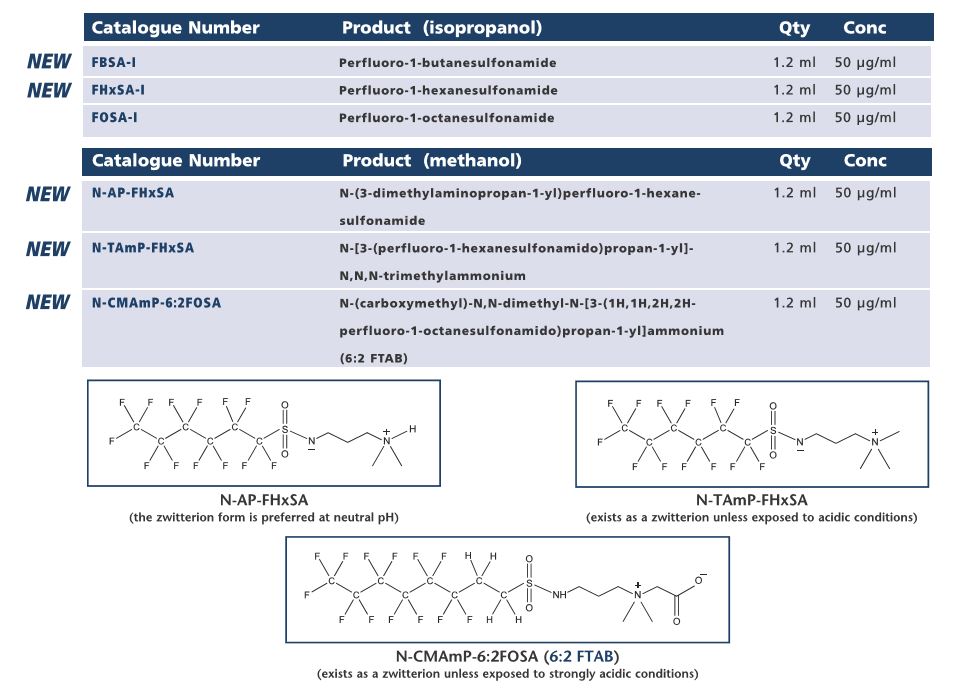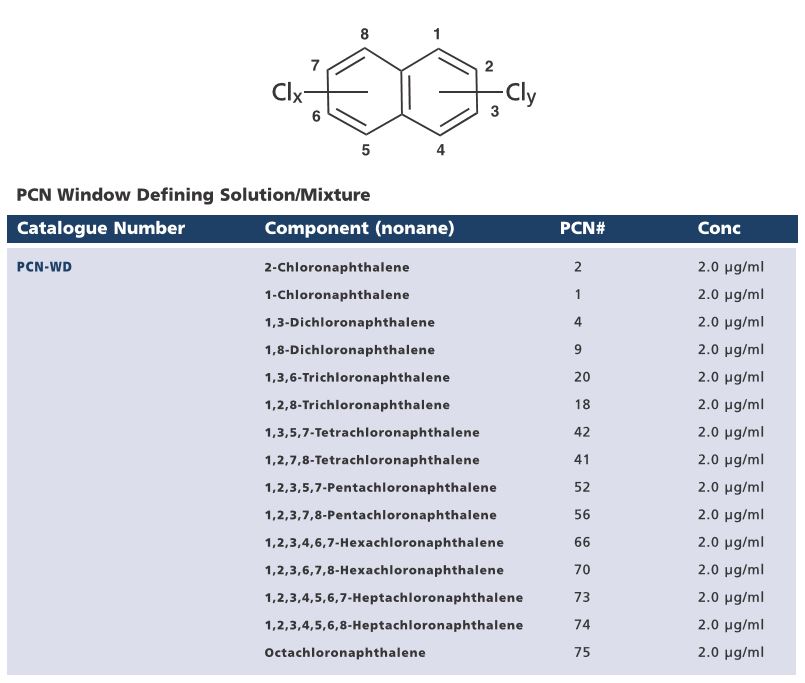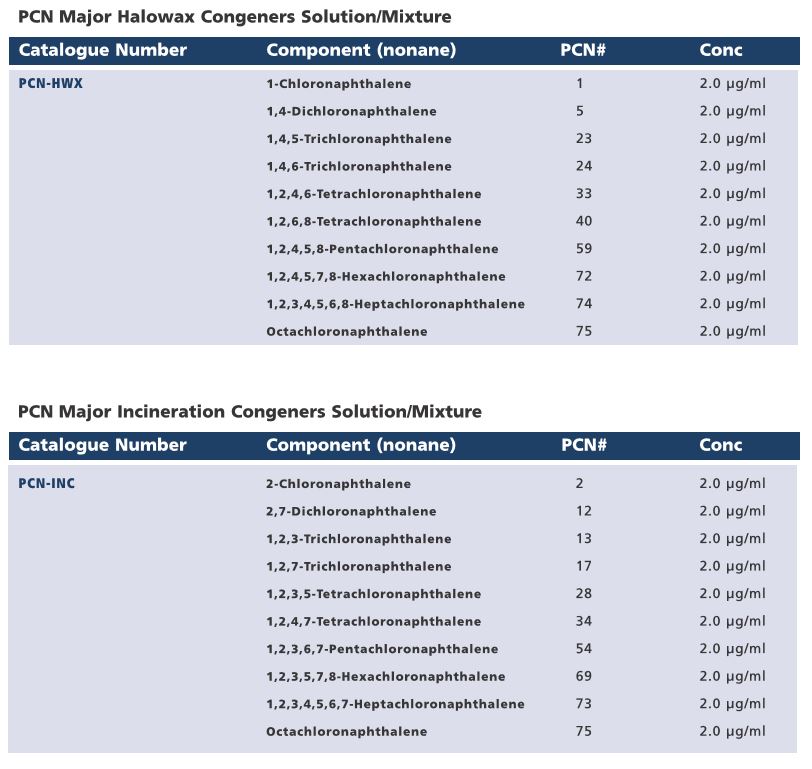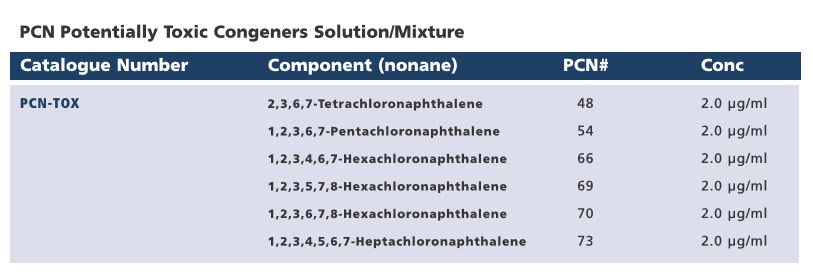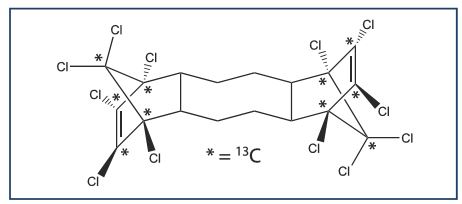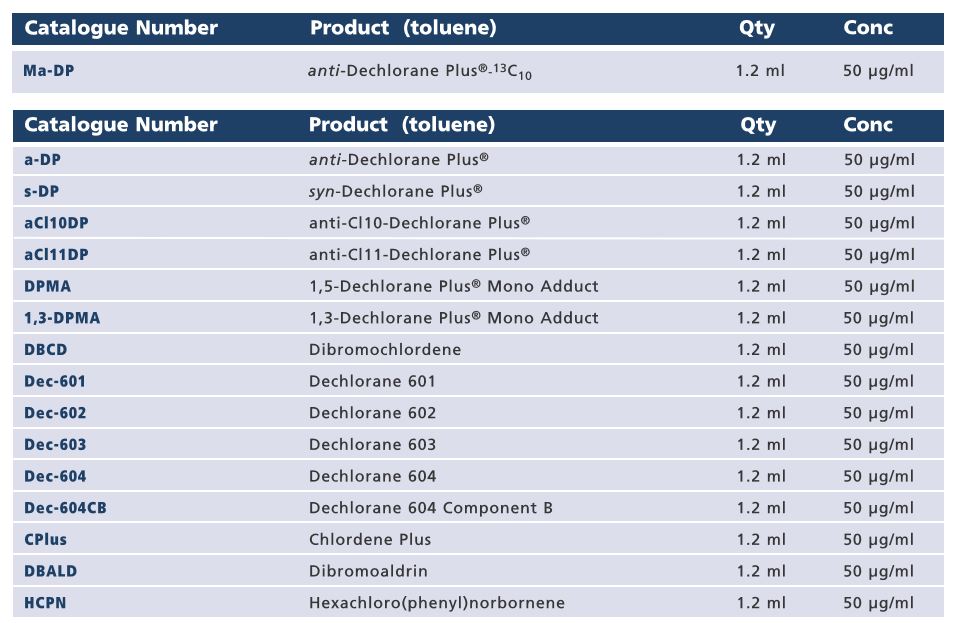Is Triclosan, an antibacterial agent in soaps and body washes, damaging the aquatic environment?
Antibacterial soaps are marketed as preventing us from passing harmful germs to one another – they are generally accepted as a ‘good thing’. Triclosan is a common antibacterial agent, but the US FDA “does not have evidence that triclosan added to antibacterial soaps and body washes provides extra health benefits over soap and water”.
Futile scrubbing is no great issue. But what if common antibacterial agents, such as triclosan, are having a detrimental environmental impact on the water cycle?
To gather information that could help toxicologists, regulators and the public evaluate any risk, researchers at University of Minnesota examined the historical exposure of aquatic systems to triclosan, chlorinated triclosan derivatives, and the four dioxin congeners (polychlorinated dibenzo-p-dioxins) that arise from the photolysis of triclosan (and its derivatives). William Arnold, a civil engineering professor in the College of Science and Engineering and the study's lead author, told The Analytical Scientist: “We also wanted to look at the overall dioxin trends to determine if the four targeted dioxin congeners were, in fact, the result of triclosan releases.”
The team studied sediment cores of a meter in length from eight lakes across Minnesota that had different levels of exposure to treated wastewater. The cores were freeze dried, spiked with C-13-labeled triclosan, and subjected to accelerated solvent extraction. The subsequent clean-up steps proved to be a major challenge, depending on the organic content of the sediment sample. “Extracts from low organic sediments could be cleaned up with silica gel. The ‘dirtier’ extracts had to be diluted into water, solid phase-extracted, eluted, and then run through silica gel,” says Arnold.
The team used an Agilent 1100 capillary LC with a Finnigan TSQ Quantum Discover MAX MS-Q3 tandem mass spectrometer, which allowed them to look for transitions that were specific to triclosan and its chlorinated derivatives. For the dioxins, Pace Analytical Services used high-solution gas chromatography–high-solution mass spectrometry, following a modified version of US EPA Method 1613B.
The analysis showed that all four dioxin congeners arise from photolysis of triclosan and its three chlorinated derivatives. Current levels of triclosan are site dependent but are in the 1–100 ng/g sediment range. Chlorinated triclosan derivatives are 100–2000 pg/g, and the 2,8-DCDD 40-6000 pg/g. In terms of accumulation, triclosan rates are currently 0.5–12 ng/cm2 year. For 2,8-DCDD, accumulation rates range from 2 to 750 pg/cm2 per year.
Though the study is centered on Minnesota, the findings should be relevant to other freshwater bodies receiving treated wastewater effluent. The major implication is that when triclosan is washed down the drain, it is not completely removed by treatment processes, with a fraction of it winding up in lakes or rivers potentially distant from the point of use. Potential impacts of triclosan and its derivatives on environment health are an area of exploration, but triclosan is known to affect the function of algal communities at environmentally observed levels. The effects of these dioxins are currently unknown. Arnold concludes, “We are looking at other sites, and we are also looking at other compounds that are structurally similar to triclosan, which could also be dioxin precursors.”
Perhaps it’s time we all started thinking a little more carefully about what gets washed down the sink, especially if the chemicals in question have no real benefit beyond marketing spin.
Full research paper:
C. T. Anger et al., “Quantification of Triclosan, Chlorinated Triclosan Derivatives, and their Dioxin Photoproducts in Lacustrine Sediment Cores”, Environ. Sci. Technol., 47 (4), 1833–1843 (2013).
Wellington Reporter - Aqueous Film-Forming Foam PFAS - August 27, 2018
In response to ever increasing reports of novel zwitterionic and cationic PFAS contaminants beign found at sites exposed to aqueous film-forming foams (AFFFs), Wellington Laboratories has expanded their PFAS product line to include three zwitterionic AFFF compounds, N-AP-FHxSA, N-TAmP-FHxSA, and N-CMAmP-6:2FOSA (which is commonly referred to as 6:2FTAB in the scientific literature), as well as neutral compouns also detected at impact sites (FHxSA-1 and FBSA-1).
Also Available
Polychlorinated Naphthalenes
Wellington Reporter - Polychlorinated Naphthalanes - August 27, 2018
Although the industrial production of polychlorinated napthalenes (PCNs) ceased in the 1970s/1980s, their persistence in the environment as well as their formation during incineratio0n processes has resulted in an ongoing demand for certified reference standards for this group of compounds. In response to customer requests, Wellington Laboratories has expanded their line of native PCNs and prepared mixtures that will aid laboratories in their analysis of these persistant organic pollutants (POPs).
Wellington Laboratories are pleased to introduce a PCN window defining solution/mixture (PCN-WD), two PCN major congeners solutions/mixtures (PCN-HWX and PCN-INC, and a PCN potentially toxic congeners solution/mixture (PCN-TOX). Please see the tables below for the composition of these mixtures.
Also Available from Wellington Laboratories:
Mass-Labelled anti-Dechlorane Plus Ma-DP , Wellington Laboratories Certified Reference Standard
Wellington Reporter Mass-Labelled anti-Dechlorane Plus Ma-DP - August 27, 2018
Dechlorane Plus® (DP) is a current use additive polychlorinated flame retardant with a variety of applications including electronic cables and wiring, and plastic building materials. Due to rising concerns regarding the presence of DP, and its related compounds, in environmental samples, Wellington Laboratories has expanded their DP product line to include a mass-labelled anti-DP certified reference standard which will aid in the analysis of this group of compounds.
Further Information about Wellington Products
Perfluorinated Compounds (PFCs) Certified Reference Standards
Wellington Laboratories started to synthesize perfluorinated compounds in 2004 and since then has regularly added new native and mass-labelled standards to their inventory. In the current Wellington Laboratories catalogue, pages 141 - 159 yiou will find individual standards of the following groups of compounds including, in most cases, mass-labelled analogues as well as some useful soultions/mixtures:
PFC-C-CVS Calibration Set and Support Solutions
Perfluoroalkanesulfonates (PFASs)
Perfluoroalkylcarboxylic acide (PFCAs)
Perfluorooctanesulfonamides (FOSAs)
Perfluorooctanesulfonamidoethanols (FOSEs)
Perfluorooctanesulfonamidoacetic (FOSAAs)
Fluorinated Telomer Alcohols (FTOHs)
Fluorinated Telomer Acids (FTAs)
Unsaturanted Telomer Acids (FTUAs)
Perfluoroalkylphosphonic Acids (PFAPAs)
Perfluoroalkylphosphonic Acids (X:XPFPi)
Polyfluorinated Phosphate Esters (PAPs and SAmPAPs)
Fluorinated Telomer Acrylates and Acetates (FTAcrs and FTOAcs)
PFCs are still emerging environmental contaminents and each of the groups of compounds listed above pose unique analytical challenges. In addition, the individual isomers, such as the branched PFOA and PFOS isomers, are being found to have different toxicokinetic and ecokinetic properties. Thus Weliington Laboratories' inventory of PFCs will continue to grow, please visit Wellington's website www.well-labs.com for announcements of new products.
Full Range of Wellington Laboratories' Products
Posters Presented by Wellington Laboratories 
Debrominatiobn of PBDEs in DE-83 [TM] Technical mIx By Electrolysis
Attending conferences also allows us to share some of the research that is conducted at our facility in Guelph through poster and oral presentations. A few examples of posters presented by Wellington are provided below for your review.
About Wellington Laboratories
For Over 35 years Wellington Laboratories Inc. has been internationally recognised as a trusted source of high quality reference standard solutions for use in environmental/analytical testing and toxicological research. Wellington Laboratories offers an extensive inventory of individual certified reference standards and solution mixtures of native and mass-labelled halogenated organic compounds including polychlorinated dibenzo-p-dioxins, polychlorinated dibenzofurans, polychlorinated biphenyls, halogenated flame retardants and perfluorinated compounds. Wellington Laboratories also offer a variety of calibration sets and support solutions designed to be used for common regulatory methods or modified in-house methods.
Wellington’s Reference Standards are used mainly in Environmental/analytical testing and toxicological research. Wellington offers an extensive inventory of individual certified reference standards and solution mixtures of native and mass-labelled halogenated organic compounds including polychlorinated dibenzo-p-dioxins, polychlorinated dibenzofurans, polychlorinated biphenyls, halogenated flame retardants and perfluoronated compounds. Wellington also offer a variety of calibration sets and support solutions designed to be used for common regulatory methods of modified in-house methods.
Wellington Laboratories are committed to the distribution of quality products as well as the maintenance of excellent customer service. In fact, in order to provide your customers with the best possible service, Wellington have three ISO certifications (ISO 9001:2008, ISO/IEC 17025:2005, and ISO Guide 34:2009) which cover all aspects of planning, production, testing, distribution, and post-distribution service. These certifications allow Wellington Laboratories to monitor and maintain the highest level of quality and service and also allow their customers to satisfy the requirements of their own ISO certifications.
Wellington’s ISO/IEC 17025:2005 accreditation has been certified by the Canadian Association for Laboratory Accreditation Inc. (CALA) the scope is available for review on the CALA Directory of Accredited Laboratories (http://www.cala.ca).
Similarly, Wellington’s ISO Guide 34:2009 accreditation has been certified by ANSI-ASQ National Accreditation Board (ANAB), the certificate and scope are available on their website (http://anab.org/).
We are able to supply hard copies of any of the ISO certificates for yourself and your customers.
CONTACT US
Tel: +44 (0) 151 649 4000
Email: marketing@greyhoundchrom.com
FOLLOW US
YOU MAY ALSO BE INTERESTED IN OUR NEWSLETTER


